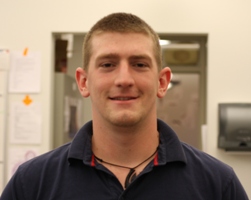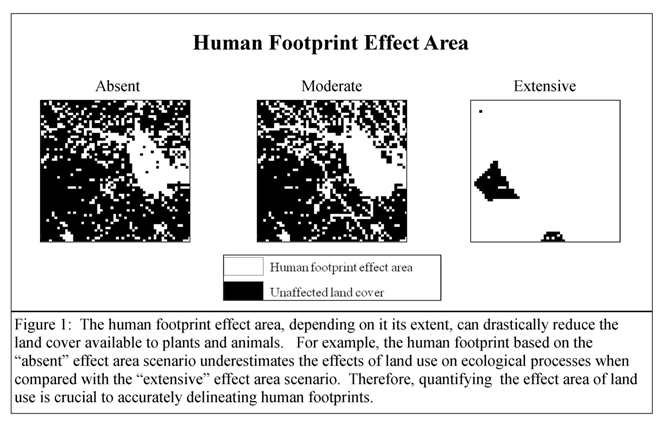NASA funds biology researchers
NASA's Space Grant program funds college research and education through the Virginia Space Grant Consortium (VSGC). William and Mary is one of five Virginia colleges that is a member of this consortium, and the Biology Department is pleased that one of our graduate students (Jason Westerbeck) and one of our faculty members (Matthias Leu) will received VSGC funding this year. Jason Westerbeck is a graduate student working with Oliver Kerscher.
Jason Westerbeck's Research
 Jason is studying the human genome consists of an estimated 25,000 protein coding genes. Many of these proteins play an important role in regulating critical processes like cell growth, cell division and genome maintenance. We use the great model system budding yeast to study relatives of these proteins in the cell. These processes have become of increasing interest to NASA in recent years in light of the down stream effects of DNA damage and compromised damage repair caused by ultraviolet and ionizing radiation. The Earth’s atmosphere protects our DNA by absorbing radiation passing through it. However, when considering the incidence of cancer in society and the future of manned space travel the hazard of radiation induced DNA damage is of great concern. Genome damage can lead to the production of oncogenic proteins and cancers, including skin cancer and leukemia, a serious health concern on Earth and in future space exploration. In order to develop protective therapies to cope with DNA damage we must first understand the natural mechanisms established in living cells to deal with rogue oncogenic proteins.
Jason is studying the human genome consists of an estimated 25,000 protein coding genes. Many of these proteins play an important role in regulating critical processes like cell growth, cell division and genome maintenance. We use the great model system budding yeast to study relatives of these proteins in the cell. These processes have become of increasing interest to NASA in recent years in light of the down stream effects of DNA damage and compromised damage repair caused by ultraviolet and ionizing radiation. The Earth’s atmosphere protects our DNA by absorbing radiation passing through it. However, when considering the incidence of cancer in society and the future of manned space travel the hazard of radiation induced DNA damage is of great concern. Genome damage can lead to the production of oncogenic proteins and cancers, including skin cancer and leukemia, a serious health concern on Earth and in future space exploration. In order to develop protective therapies to cope with DNA damage we must first understand the natural mechanisms established in living cells to deal with rogue oncogenic proteins.
Matthias Leu's research is in the field of landscape ecology. Matthias Leu, along and with students affiliated with the ACER Lab (Applied Conservation and Ecological Research Lab), will blend spatial analyses, using a Geographical Information System, with field ecology to model the human footprint in Virginia. Human footprints delineate cumulative effects of land use. For example, land use can directly influence ecological goods and services via large-scale conversion of land cover or indirectly by altering chemical and physical environments, changing plant communities via introduction of exotic plants, and enhancing spread of diseases. Human actions vary both in intensity, the effect area (the area influenced by land use beyond its physical location), and extent, the spatial distribution of human actions. We know relatively little about the effect area of land use and therefore current human footprint delineations underestimate the extent of land use (Fig. 1). The proposed study will fill this void by studying the effect area of human actions to identify thresholds at which land use patterns influence ecosystem health.

 Skip to main content
Skip to main content
